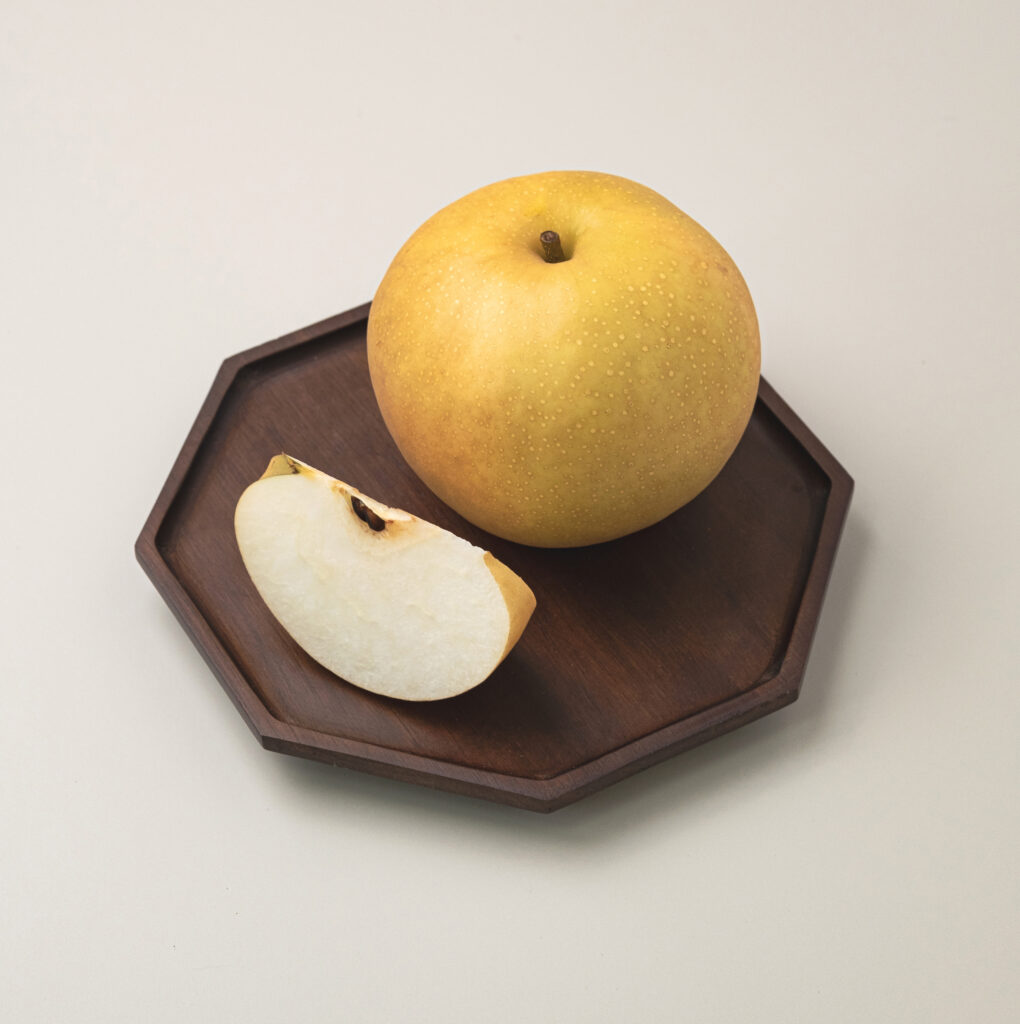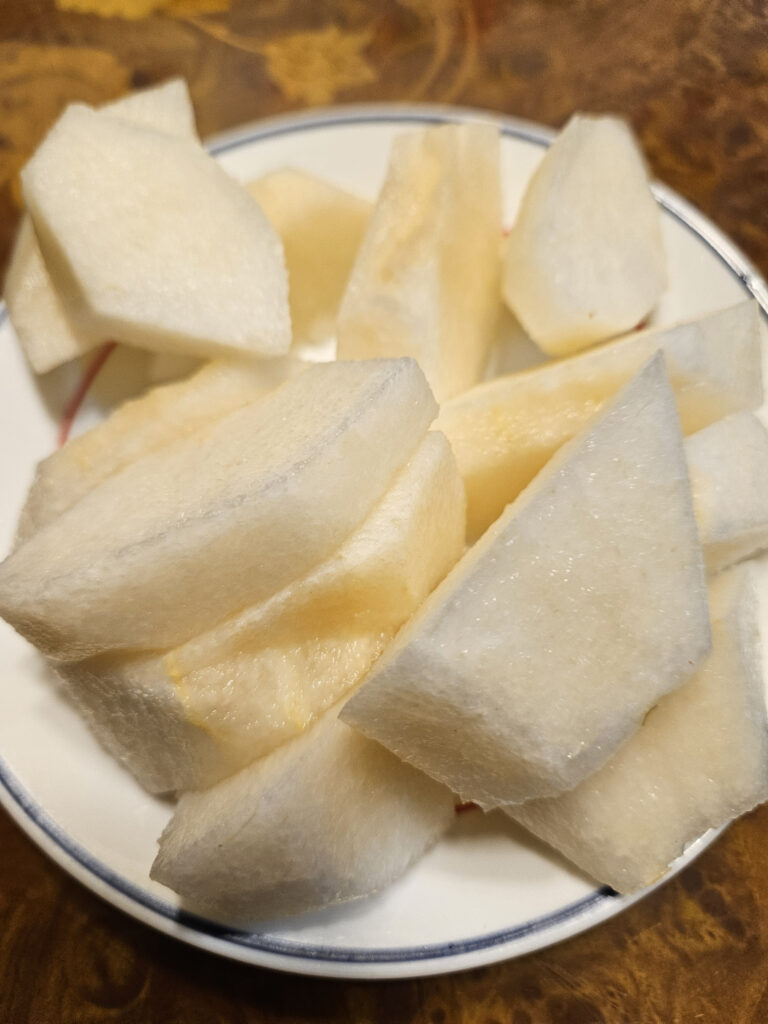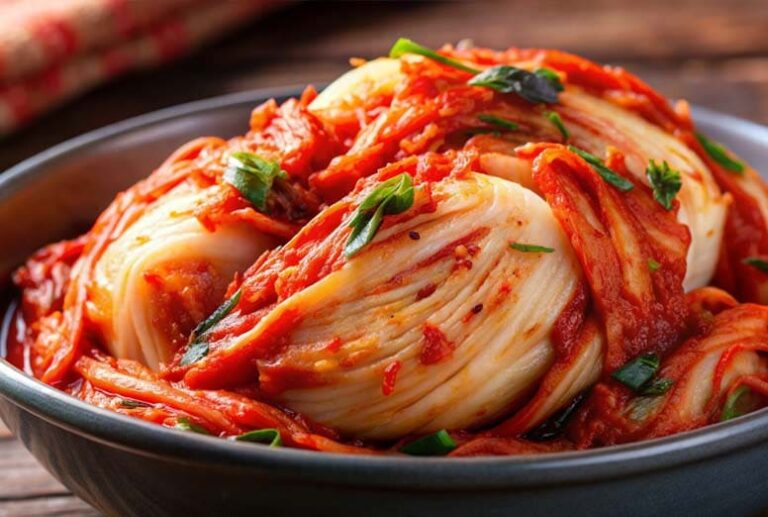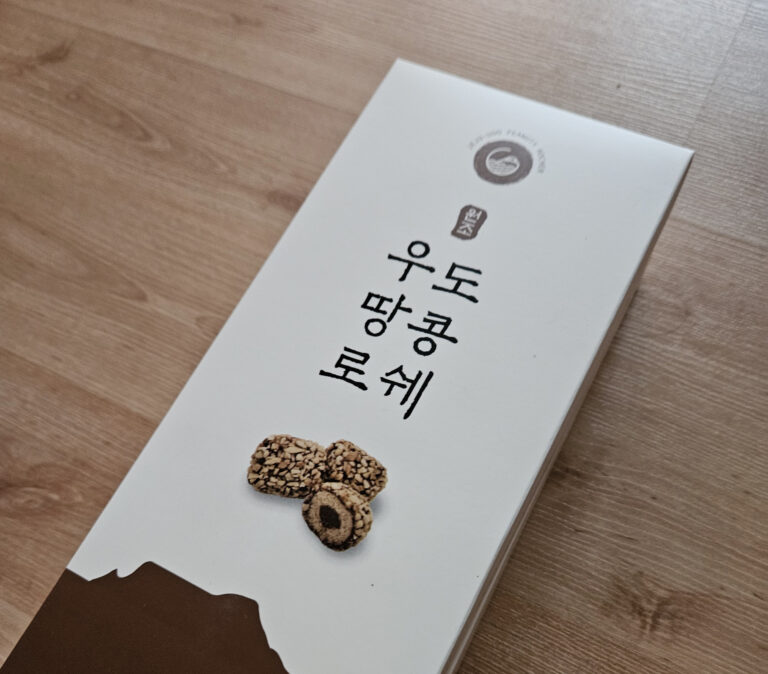Korean Pear Fruit Guide: Sweet, Juicy, and Full of Korean Tradition

Among the most beloved fruits in Korea, the Korean pear fruit stands out. Its round, golden-hued appearance, crisp and refreshing texture, and abundant juice perfectly capture the essence of the Korean seasons. Beyond being a simple fruit, the Korean pear fruit holds deep cultural and historical significance, symbolizing prosperity, longevity, and tradition. This guide explores the history of Korean pears, their popular varieties, nutritional benefits, and their cultural importance in Korean life.
Korean pears have a long history of cultivation dating back to before the Three Kingdoms period. They were highly prized during the Joseon Dynasty, often reserved as royal offerings. Their round and abundant form symbolized prosperity and fertility, making them an essential part of Korean festivities and ancestral rites, especially during major holidays like Chuseok. Over centuries, the Korean pear fruit became emblematic of Korean heritage and values.
2. Appearance and Characteristics of Korean Pears
Korean pears are distinctly different from Western pears. Unlike the elongated shape of Western varieties, Korean pears are round like apples with a yellowish-brown skin. They produce a crisp, refreshing crunch when bitten into, with juicy flesh that offers a sweet flavor balance with an average sugar content of 12 to 14 Brix. This crispness and juiciness often earn them the nickname “fruit that quenches thirst in one bite.”

3. Popular Varieties
| Shingo Pear | The most widely cultivated variety, known for its large size, strong sweetness, and excellent storage properties. |
| Wonhwang Pear | Harvested in early autumn, noted for its soft texture and high sweetness. |
| Chuhwang Pear | Thin-skinned with a rich flavor and abundant juice, perfect for fresh enjoyment. |
| Manpoong Pear | A late autumn variety that can be stored through the winter months, allowing year-round enjoyment. |
Other regional and seasonal varieties, such as those from Naju and other special production areas, also contribute to the diversity of the Korean pear fruit.
4. Nutrition and Health Benefits
Korean pears are more than just sweet and refreshing; they are packed with nutrients.
- Vitamin C: Helps with fatigue recovery and immune support.
- Dietary Fiber: Promotes digestive health.
- Potassium: Supports blood pressure regulation by aiding sodium removal.
- Digestive Enzymes: Contain amylase and protease, traditionally believed to help digestion after eating meat.
While this cultural practice of pairing pears with meat is widespread, modern science continues to study its digestive benefits.
5. Cultural Significance
In Korea, pears are more than food; they are cultural symbols. Their round shape and golden hue represent wealth, longevity, and good fortune. Korean pears feature prominently in ancestral rites, wedding ceremonies, and holiday tables. They are also esteemed gifts and a sign of respect when served to guests, making the Korean pear fruit a true symbol of hospitality.
6. Various Ways to Enjoy Korean Pears
Fresh Eating
The natural, crisp sweetness of the fruit at its best.
Pear Juice
Traditionally enjoyed to soothe the throat and relieve dryness; still popular as a refreshing drink.
Ingredient for Marinades
Grated pear is a staple in bulgogi and galbi marinades, adding natural sweetness and tenderness.
Desserts and Fusion Foods
Increasingly incorporated into salads, cakes, jams, and other modern treats.
Seasonal Café Drinks
Korean coffee shops like Ediya introduce seasonal pear-based beverages, from fresh juices to smoothies and teas. This trend reflects how the Korean pear fruit has seamlessly blended into modern café culture.
Conclusion
The Korean pear fruit is more than a delicious snack — it is a cherished symbol of Korean culture, cuisine, and tradition. With thousands of years of history and varieties spanning regions and seasons, it continues to hold a special place at Korean tables and in modern culinary trends. The combination of crisp texture, sweet flavor, and rich cultural symbolism ensures that the Korean pear fruit will remain a beloved fruit for generations to come.
More Korea Food & Snack Info
5 Must-Try Jeju Snacks: Souvenirs That Never Disappoint
Jeju Korea Souvenir Snacks Review: Udo Peanut Roll She & Jeju Orange Pie
All images are © wstoryst or licensed from Freepik Premium. All rights reserved.






